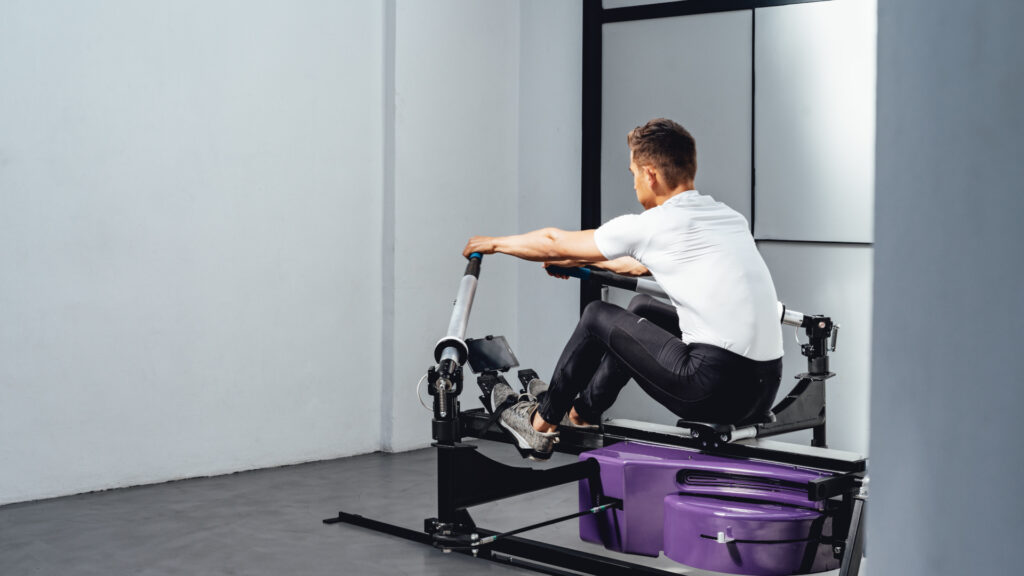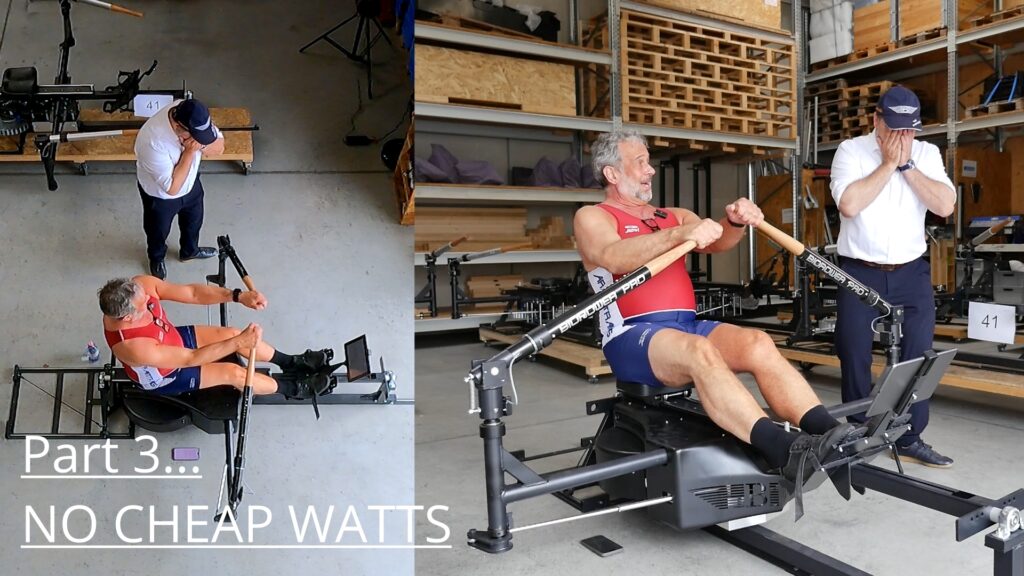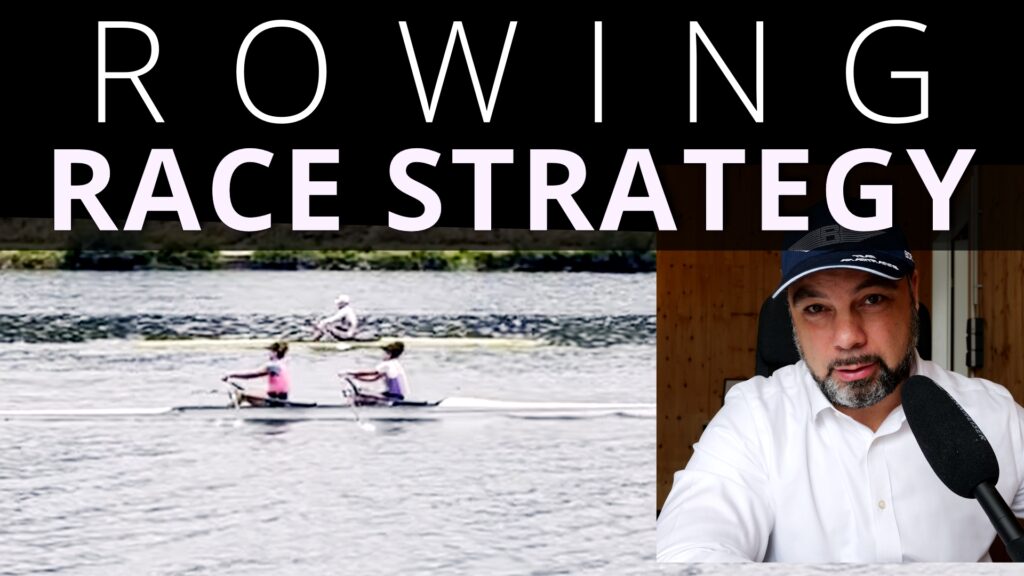
Why Some Rowing Machines Just Make More Sense – The Surprising Intuition of True Motion
For most fitness enthusiasts, the first few minutes on a rowing machine feel like a riddle: where do the arms go? When should the legs engage? Why does it feel… wrong?
This is partly because most indoor rowing machines are built around a single handle connected to a chain or cord. While effective for general cardio, this setup creates a repetitive pulling motion that more closely resembles a deadlift than actual rowing. Over time — 10, 30, or even 90 minutes — this linear load on the spine can prompt your body to tense up, guarding itself against what it perceives as a risk of strain.
The BioRower takes a completely different approach.
By replicating the original rowing motion — complete with independent oar handles and full-body coordination — the BioRower engages your muscles in a balanced, rotational way. This dynamic movement doesn’t overload your back. Instead of triggering protective tension, your body feels safe, aligned, and free to move. The result? You relax. You learn faster. You row better.
At the ISPO 2018 trade fair, thousands of people with no rowing experience stepped onto the BioRower for the first time. With stopwatch in hand, Aram, the machine’s inventor, timed how quickly each person picked up the correct motion. The fastest? 33 seconds. The slowest? 56.
That’s not a fluke — it’s biomechanics.
When movement feels familiar and safe, the body adapts naturally. There’s no cognitive overload, no stiffness, and no discomfort interrupting your learning process. That’s why the BioRower feels intuitive even to first-timers — and why it continues to win over athletes, coaches, and physiotherapists alike.
As indoor rowing becomes more mainstream, machines that honor natural motion might not just improve performance — they might change how we think about movement, learning, and health.






Responses